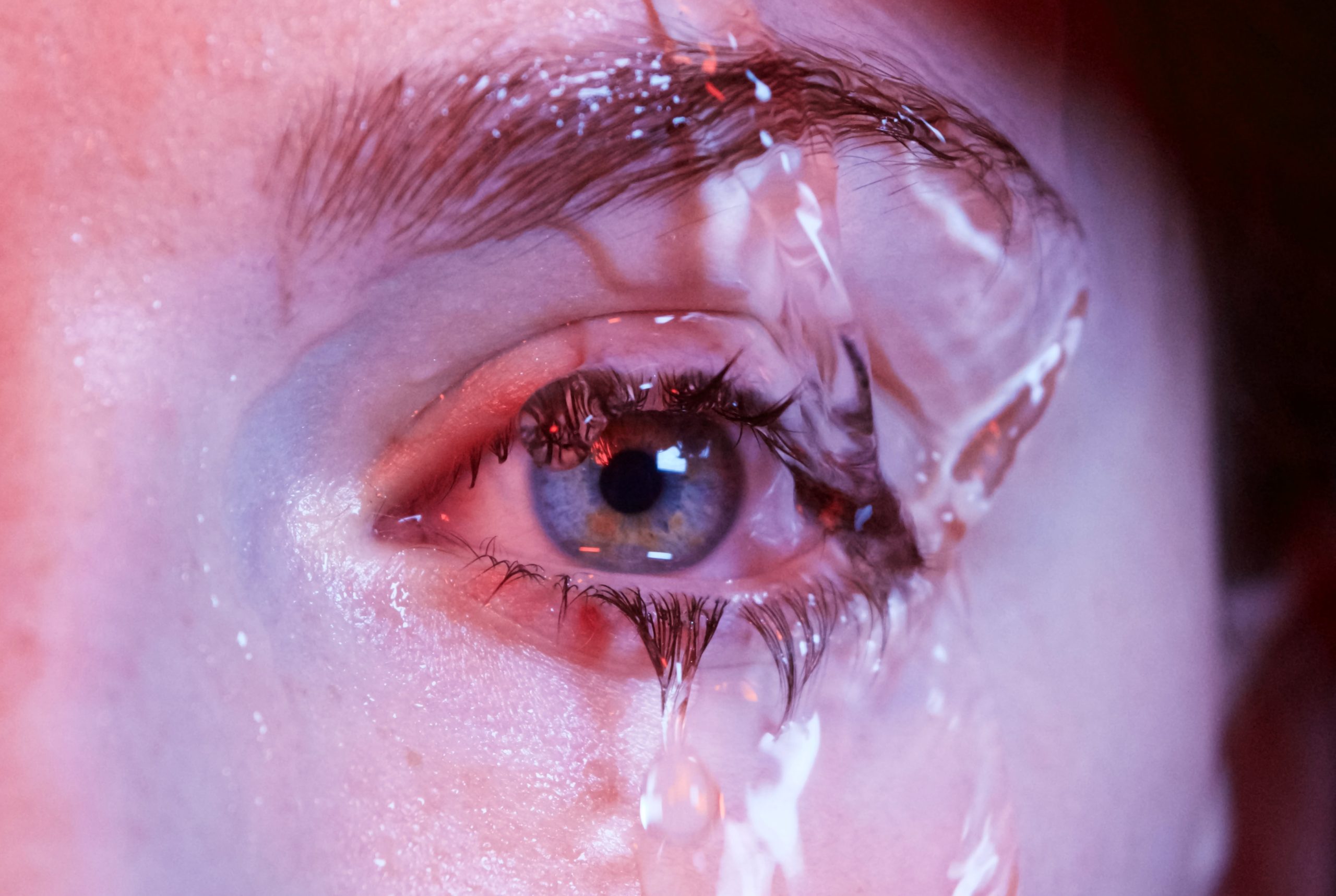
Blepha… what? Yeah we know. It is a mouth full! Blepharitis (bleh-fr-ai-tuhs) is actually fairly common. It is eyelid swelling that can also cause discharge and crusty eyelashes. As a result, it is often called chronic blepharitis just because it is, by nature, difficult to cure.
There is about a 40% chance of patients suffering from eyelid inflammation in the United States. Some cases are more severe than other cases. In some patients, they can have reoccurring.
Several things can cause blepharitis. These things can be eyelid infections, dry eyes, and more. Blepharitis is similar to pink eye. It can be caused by other infections. It is essentially an overgrowth of bacteria along the edge of the eye. Over time this bacteria multiplies and become toxic.
This of this like teeth. Daily you brush your teeth. You also mouth wash. In addition, you floss. This is wonderful for your mouth health, but over time deeper bacteria still builds. If you are not going in for annual cleanings, over time bacteria builds up. As this bacteria sits on the tooth it causes decay. Then there are cavities.
Blepharitis is similar. If regular cleaning does not occur and bacteria build up is present a structure called biofilm is created. It is toxic. This can make eyelid inflammation. Biofilm produces exotoxins that can irritate the oil secreting glands of the eye. . This again will cause more infection, irritation, and discomfort. Individuals suffering from ocular rosacea, eczema, and psoriasis are also at higher risk for blepharitis.
The symptoms of blepharitis are red swollen eyes, crusty debris at eyelash bases, red eyes, burning eyes, itchy eyes, watery eyes, sensitive to light, and more. There are also other complications associated with blepharitis. An eyelid stye is a bacterial infection at the eye causing a painful red bump. If a stye becomes clogged and not addressed it can become a chalazion. Dry eye syndrome and blepharitis go hand in hand. Dry eyes can allow for bacteria to multiple and an eye full of bacteria is prone to drying out. Cornea problems can also lead to blepharitis. Finally, pink eye can create the bacteria that can lead to blepharitis.
Some treatments include:
The treatments in clinic could be bacteria removal, melting the oil gland bacteria, or using lights and oil to remove the bacteria.
There are a few tips you can follow to decrease the chances of getting blepharitis. Regularly using a hot compress on your eyes can keep them clean. Do this by washing your hands then using a warm washcloth over closed eyelids. Always follow your eye doctor’s recommendations on duration. There are several lid cleaning cloths (non-prescription) for purchase that your eye doctor can recommend.